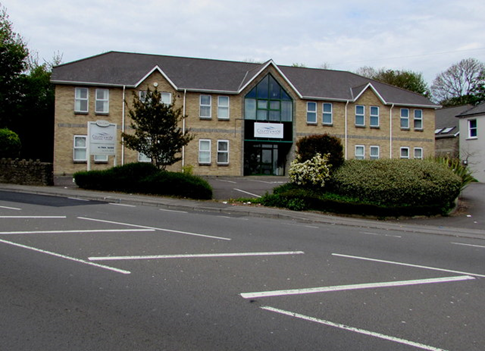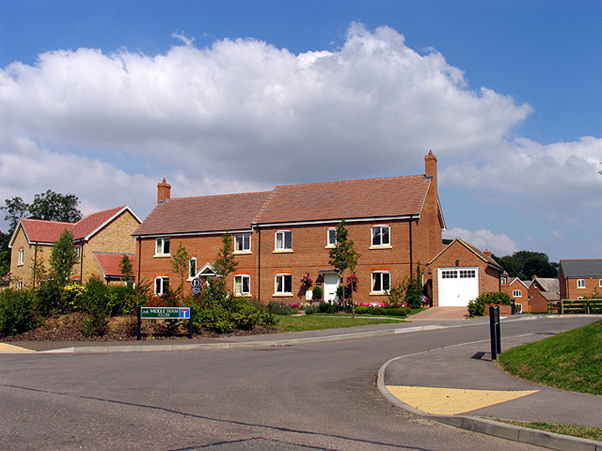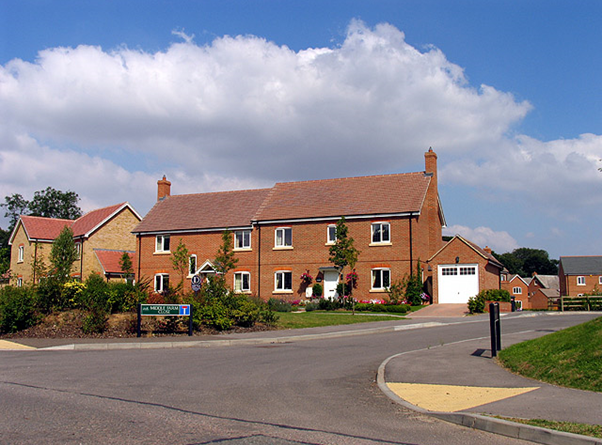The Three Stages of Property Conveyancing
Conveyancing is the transfer of property from one legal owner to another. There are three key stages in the process: agreeing the sale, exchange of contracts and completion. The process requires a lot of administration and legal work to go all the way through to completion, and often there is a chain of transactions taking place because in order to buy another property, many people need to sell one first.

Agreeing the Sale
The first stage of the conveyancing process is agreeing the sale. This means that the seller accepts an offer for the property and agrees to sell it to the buyer at that price. At this point, both the buyer and the seller will need to instruct conveyancing solicitors to begin the work required to legally transfer the property from the seller to the buyer. The conveyancing solicitors will need information from both parties to prepare the contracts, which will eventually be exchanged at the second stage of the conveyancing process.
Information required from the sellers may vary depending on what type of property is being sold, but for a residential property, basic information about the property, such as details of work that has been carried out, planning permission and boundaries will be included. Further information regarding the fixtures and fittings included with the sale is also provided.
The deeds to the property are transferred, either from the seller if they own the property outright or their mortgage company if not. The title at the land registry also needs to be updated. If the buyer plans to fund the purchase with a mortgage, searches and surveys must also be conducted.

Image Credit
Exchange of contracts
The exchange of contracts is a key point in the process as this is when it is considered certain that the sale will go through. According to Property Wire, almost half of property transactions fell through in the last quarter of 2018. A deposit is paid at exchange of contracts and the remainder paid on completion. The buyer and seller each sign a contract, which the conveyancing solicitors exchange.
Completion
On the agreed completion date, the remaining funds are sent from the buyer’s solicitor to the seller’s solicitor. The seller’s solicitor will use the money to pay off any outstanding mortgage on the property being sold and clear their fees before transferring any residual balance to the seller.


